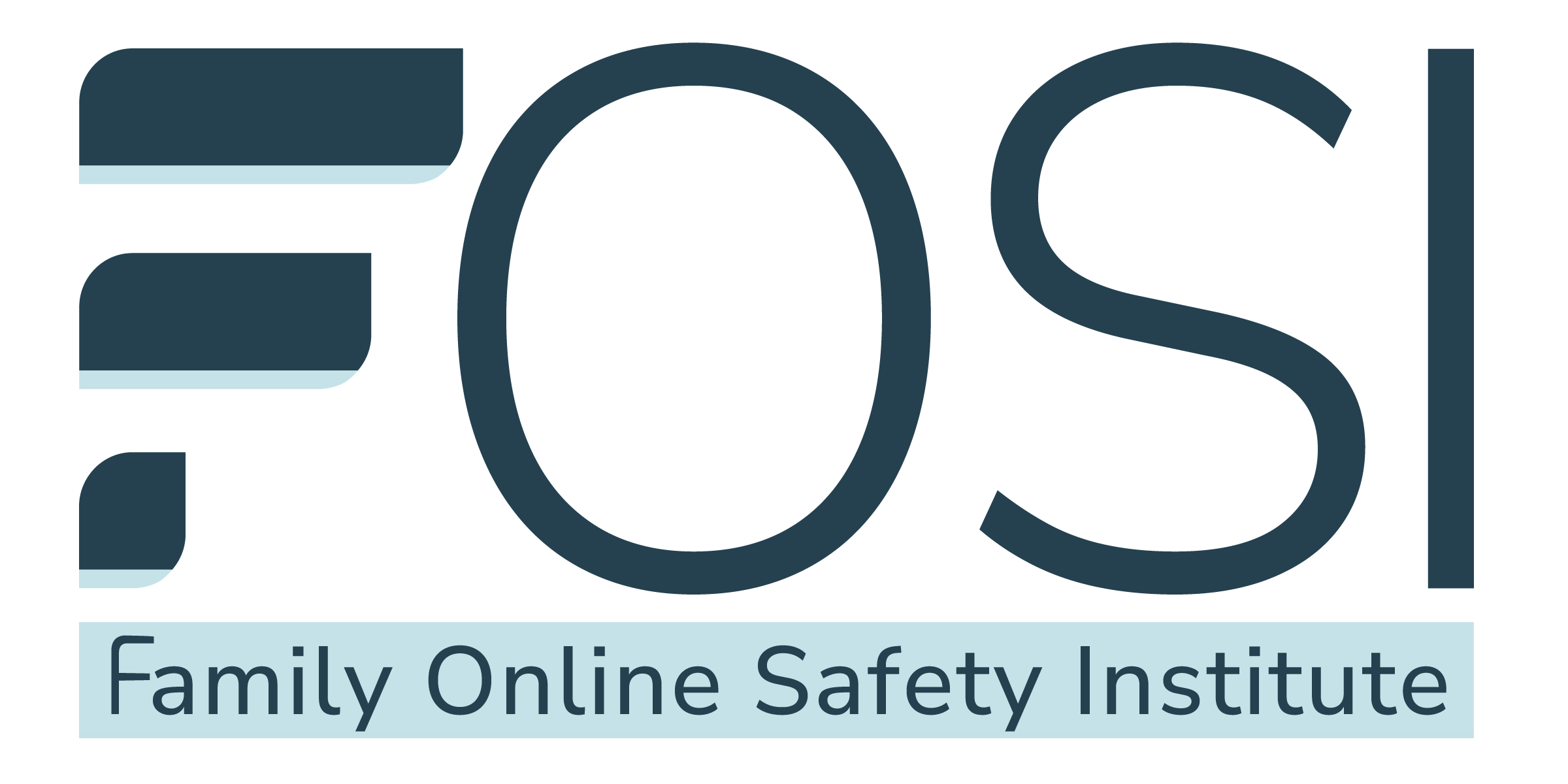Historically, news providers and publications have been trusted with vigorously editing and fact-checking their own content to ensure that the information provided was accurate. With the advent of technology has come a wealth of information that resulted in the creation of many more sources for the news, much of which is generated by individuals. The benefit of this is that it is easier to access real-time news and to stay informed. The downside is the spread of misinformation on the web, often intended to change an opinion or with a purpose other than reporting facts -- like trying to sway your vote or convince you to buy a product. It is now essential to apply critical reading skills when reading the news online to determine if the article is credible and reliable. So how do we know if an article is trustworthy?
Test your skills! The first part of this article contains an activity that will test whether you can correctly identify the type of news piece provided, while the second article, The Art of the News Article, will provide a list of questions you should ask yourself to see if the article can be trusted or not.
Click the five links below. Judge the articles on whether they are high-quality and credible, opinion-based, biased, satirical, or fake. The answer key is below.
News Articles:
The Atlatnic, Aria Bendix, 9/20/2017 -- A shocking document shows the shameful acts of Saudis and Emiratis for hiding human rights abuses in Yemen
The Onion, 7/10/2019 -- Sweden Announces Plan To Get 100% of Energy From Unguarded Wall Outlet in Finland By 2030
The New Yorker, Louis Menand, 6/8/2019 -- “1984” at Seventy: Why We Still Read Orwell’s Book of Prophecy
ESPN, Michael Wilbon, 7/18/2011 -- College athletes deserve to be paid
The Washington Post, Eli Saslow, 11/9/2013 -- Too much of too little

Answer Key: 1C, 2E, 3B, 4D, 5A
Did you correctly match the news article to its label? Check your answers and read through the explanations.
1C - At first glance, the format and appearance of this article seems to be identical to a regular Atlantic article. However, there are a number of signs indicating that it is a fake. To begin, looking closely at the web address, it says the Atlatnic, not the Atlantic. There are also smaller stylistic discrepancies, such as a difference in style and tone, capitalization, and length and precision of the title. Programs have become more sophisticated and can produce fake articles that closely mimic the writing style of a credible journalist and the format of a reputable news publisher. These fake articles have become more prolific on the Internet, especially on social media, with the intent to spread misinformation. For a more in-depth analysis on the signs that this article was a fake, The Atlantic published their own article addressing ways to identify fake news.
2E - The Onion is a well-known satirical news site. Their articles typically do include real people, places, and events, but will often attribute false quotes or false information for humor.
3B - The most obvious indication that this is an opinion piece is the overall category of the article, which is “Daily Comment”, so this author is providing commentary on the pertinence of 1984 in today’s world.
4D - The title of the article is an indicator that this piece could be biased. The title expresses the argument that the article will be making. At the beginning of this piece, the author does outline and give researched points as to why he used to think that college athletes should be paid. However, this soon changes to a personal narrative as the author makes their point. To some, articles with strong personal opinion may also be considered biased, as opposed to objective news reporting.
5A - This article presents a comprehensive overview of the topic, including a micro view of the problem, as demonstrated in the personal anecdote of Blanca and her family, while also considering the larger scope of this issue in the United States. The article directly references many important stakeholders, such as politicians, food activists, nutritionists, and doctors. The article’s credibility is strengthened by the citation of research-based facts to support what the author is saying.
















.svg)

